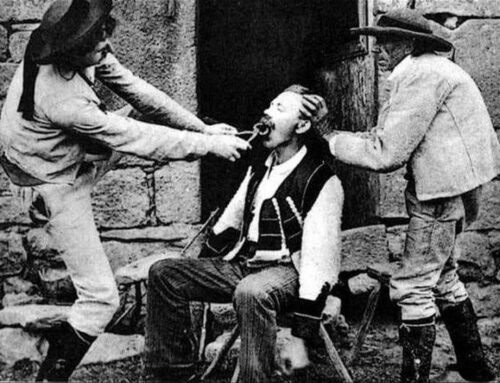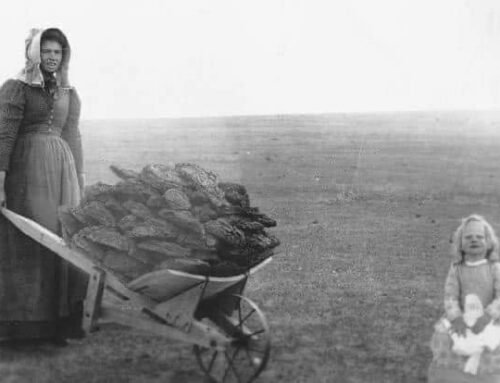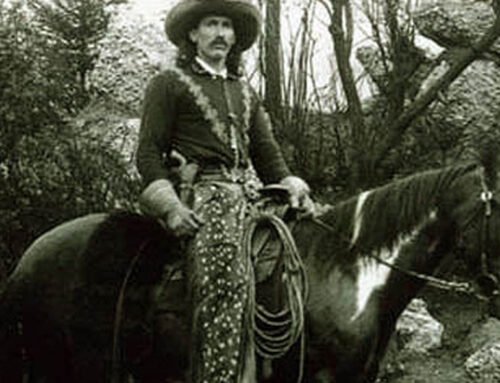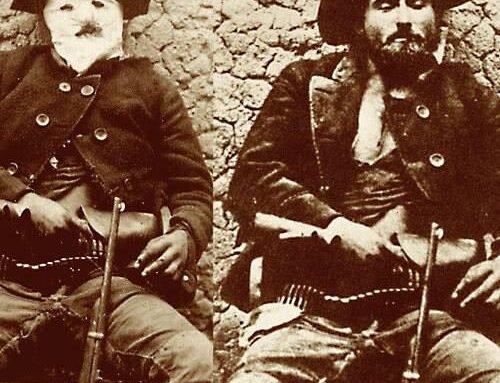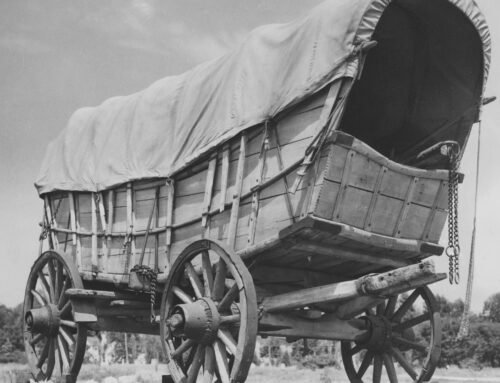Boot Hill
By western author Nick Brumby
 “You see, in this world, there’s two kinds of people, my friend. Those with loaded guns and those who dig. You dig.”
“You see, in this world, there’s two kinds of people, my friend. Those with loaded guns and those who dig. You dig.”
The Good, The Bad and the Ugly.
Shoot-outs, showdowns, ambushes, gunfights, walkdowns, and face offs all helped put the ‘Wild’ in ‘Wild West’. These incidents could all send a man to an early grave and would keep the undertaker busy.
Cemeteries across the American West earned the nickname ‘Boot Hill’ for this very reason – and Boot Hill could be the busiest place in town. But why did ‘Boot Hill’ become the name of choice?
According to the Merriam-Webster, Boot Hill refers to ‘a burial-ground especially for men killed in gunfights.’ But as is so often the case, this dry definition misses so much of the history and flavor of what made the Old West so fascinating.
Boot Hill is the given name of many cemeteries during the 19th and early 20th century, chiefly in the Western United States. The genesis of the term is debated to this day.

One point of view holds that it was a common name for the burial grounds of gunfighters, or those who “died with their boots on” (i.e., violently).
Another holds that Boot Hills are typically located in towns where lawlessness flourished. So many men were being killed in these towns that local residents had little time to give them proper funerals. Hence, they were “buried with their boots on”.
Towns that sported boot hill graveyards were typically those that attracted a lot of people with no family. As people died, there was no one to claim the bodies, and hence no reason to host a funeral service.
Although many towns use the name “Boot Hill,” the first graveyard named “Boot Hill” was at Hays, Kansas, 5 years before the founding of Dodge City, Kansas. The term became commonplace throughout the Old West, with some Boot Hills becoming famous, such as that in Deadwood, South Dakota.
 However the most famous “Boot Hill” is considered to be the Boothill Graveyard in Tombstone, Arizona. Called “Tombstone Cemetery”, the plot features the graves of Billy Clanton, Frank McLaury and Tom McLaury; the three men who were killed during the famed Gunfight at the O.K. Corral.
However the most famous “Boot Hill” is considered to be the Boothill Graveyard in Tombstone, Arizona. Called “Tombstone Cemetery”, the plot features the graves of Billy Clanton, Frank McLaury and Tom McLaury; the three men who were killed during the famed Gunfight at the O.K. Corral.
Many of the original Boot Hill graveyards do not exist anymore, having been erased by time and Mother Nature. Also, many of the dead were not given grave markers, only those rare few who had surviving family, or prominent townsfolk, were given markers, and these markers were almost always made of wood. The grave markers you see at many boot hills today are not original. Local historical societies, and restoration groups have painstakingly researched the burial plots of the deceased and planted new markers.

Why were ‘Boot Hills’ often found on hills? Practicality and tradition. Hilltops were more difficult to till and thus less promising as farmland than bottomland near rivers and creeks. Since the land for churches was often donated by a landowner, hilltop parcels may have been considered more expendable than fertile farmland.
Also, locating a burial ground anywhere near a high-water table is a bad idea – the area could eventually flood. During floods when the soil becomes saturated, the pressure of underground water can cause the caskets — and the dead – to be forced out of the ground and float down the rivers. New Orleans, which is built close to sea level, dealt problem the problem by using above ground mausoleums. Also, cemeteries built along rivers banks are subject to normal erosion.
Since ancient times, folks have chosen high ground to bury their dead closer to the sky and the gods that live there. Christians, while having no specific biblical reference for this practice, have adopted it from the previous religious practices of earlier beliefs.
The most famous Boot Hill resident of all is probably poor old Lester Moore. Lester worked at a Wells Fargo office in Naco, Arizona. Hank Dunston arrived one day to claim a package. The package was damaged, and Dunstan was not happy, letting lead fly. Lester took four shots to the chest but managed his own special delivery back to Dunstan as he fell.
The Wells Fargo clerk ended up with the most famous epitaph on Boot Hill: “Here lies Lester Moore, Four slugs from a .44, No Les No more.”
Ironically, by dying and being buried at Boot Hill, Lester’s memory will now live forever.

About Nick Brumby
I like a good story. And of all stories, I love westerns the most.
As a kid, I spent far too many afternoons re-watching Clint Eastwood spaghetti westerns, picking up ‘Shane’ for just one more read, or saddling up beside Ben Cartwright when ‘Bonanza’ was on TV each afternoon.
I’m a former journalist and I love horses, dogs, and the occasional bourbon whiskey. I live with my wife, daughter and our ever-slumbering hound in a 1800’s-era gold mining town – our house is right on top of the last working gold mine in the area. There may not be much gold left, but there’s history wherever you look.
I hope you enjoy my westerns as much as I enjoyed writing them!
Happy trails,
Nick






















